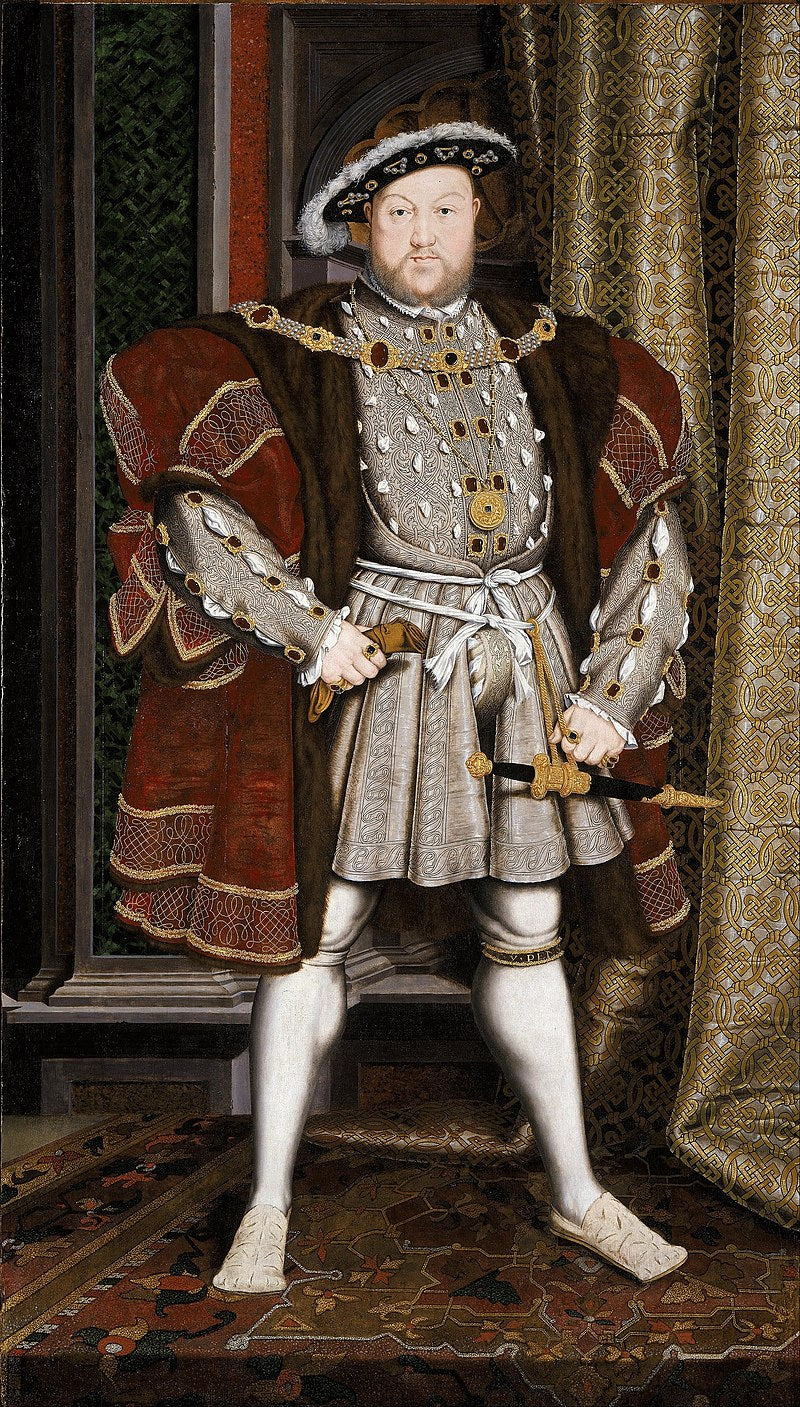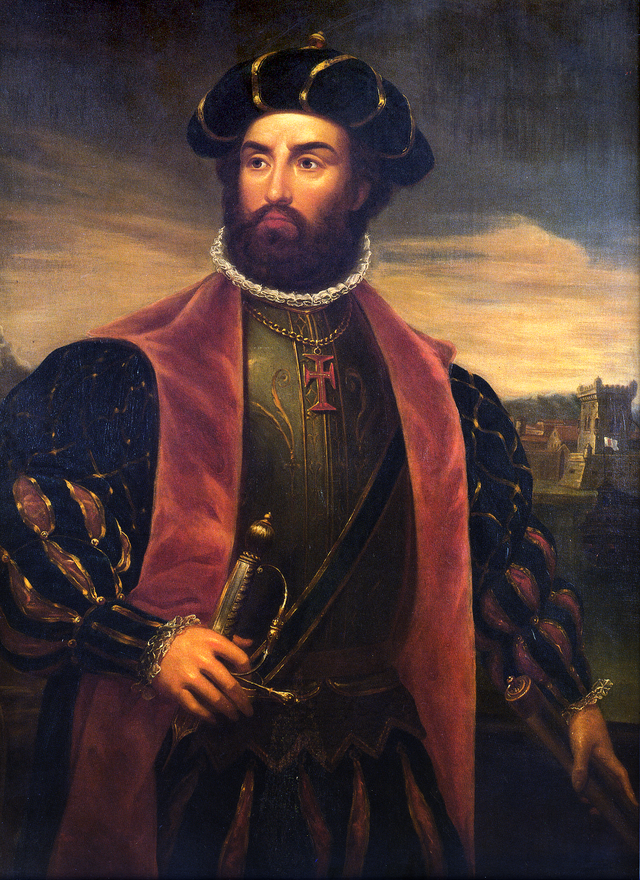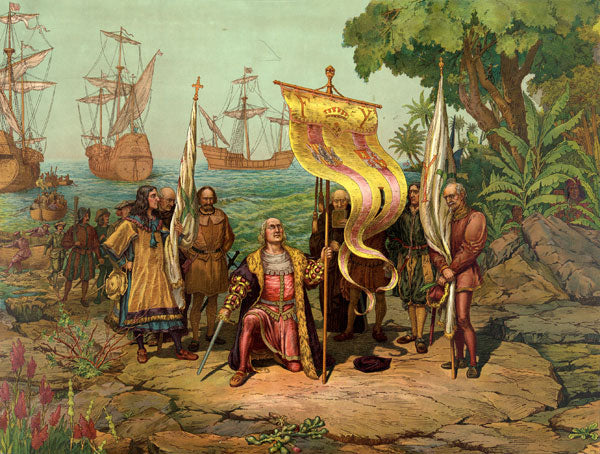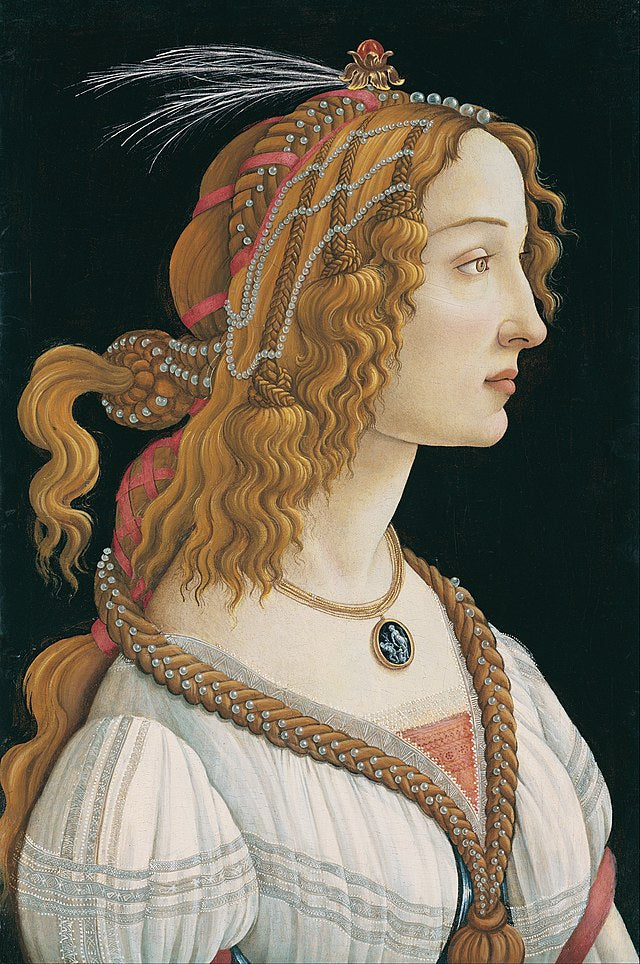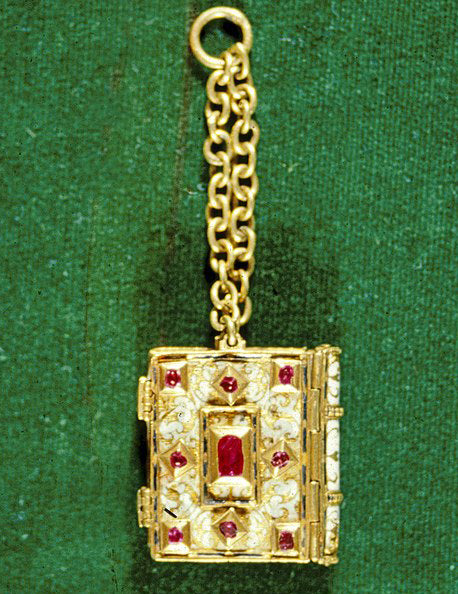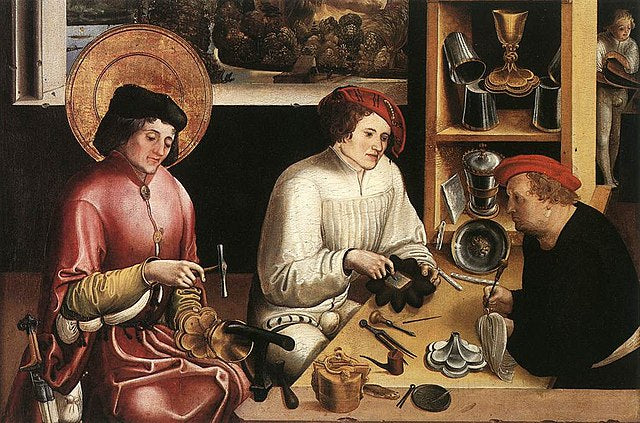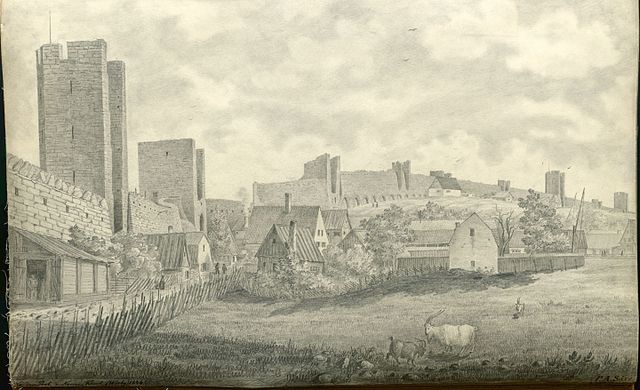
Illustration on top: Citywall Visby, Gotland in Sweden
Covering a substantial span throughout European history, the Middle Ages went from when Western Roman Empire fell to when the Renaissance began. This historical era is generally identified as being between the years of 476 and 1500 AD. Throughout this time, three main periods were defined: The Early Middle Ages (also called Dark Ages) occurred within years spanning from around 476-1000 AD; following that was an era known as High Middle Ages which lasted during years around approximately ten centuries ago until about seventeen centuries ago (from around approximately one thousand to thirteen hundred A.D.), followed by Late Middle ages starting at about seven hundred years ago going on about five centuries forward (approximatedly thirteen hundred A.D.-fifteen hundred).
According to Scandinavian historians, the Viking Age's culmination around 1000/1050 marks the beginning of the Middle Ages. The epoch is subcategorized into two periods - the Early Romanesque Middle Ages and Late Middle Ages from 1000-1200 and 1200-1450, respectively.
Gothic architectural and artistic styles have defined this later era. From approximately 800 AD until the twelfth century, Europe underwent a period of transformation marked by Charlemagne's crowning as Western European emperor that paved the way for a unique European culture. With political and economic stability reigning throughout Europe between 1000-1200, unique architectural styles, fashion, and jewelry design emerged. Byzantine culture wielded significant influence over the art of jewelry during this period.
Examining the motif above and the artwork on the next page of the Pope from Byzantium highlights how different cultural systems fostered contrasting urban settings of either closed, heavy and monopolized or open, rich and exclusive lifestyles. Also pertinent to this time were developments such as feudalism's rise, growth of towns and cities, and emergence of a new class made up of merchants and artisans. In spite of facing various difficulties during the Late Middle Ages, Western Europe made significant progress in numerous fields over time. The emergence of the Catholic Church as a powerful institution brought about remarkable opportunity for transformational change on an unprecedented scale.
Key developments such as King John signing Magna Carta into law had a considerable impact on governance practices while establishment of pioneering institutions like universities played a critical role in education. As with any historical period, the Middle Ages experienced its own set of difficulties; however, it is essential to note that its legacy extends far beyond those hardships. New literary forms developed during this era such as the works of Chaucer, Dante, and Boccaccio which reinforced society's resilience in the face of adversity.
With significant cultural transformations taking place across Europe simultaneously – from shifts in politics to advancements in economics- these years planted seeds borne out by future achievements such as those seen under The Renaissance or today's modern world.

